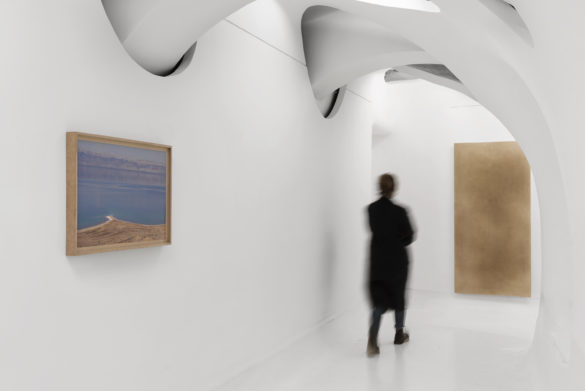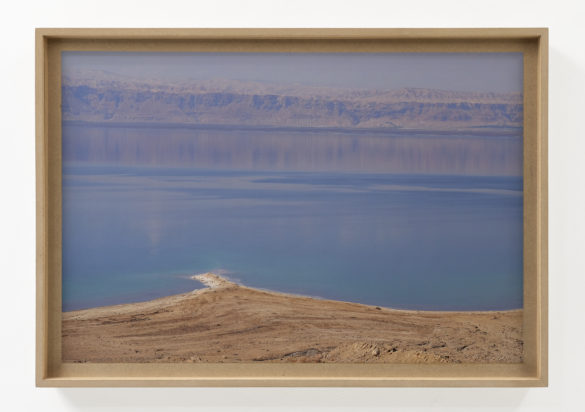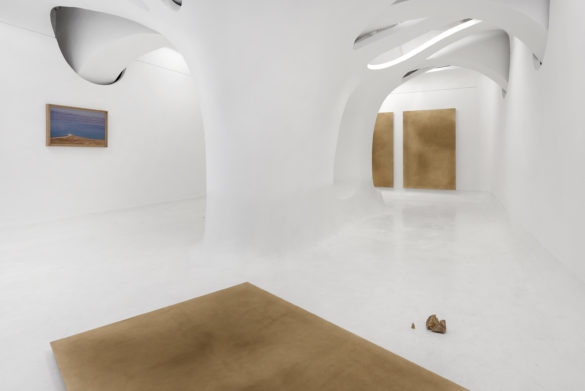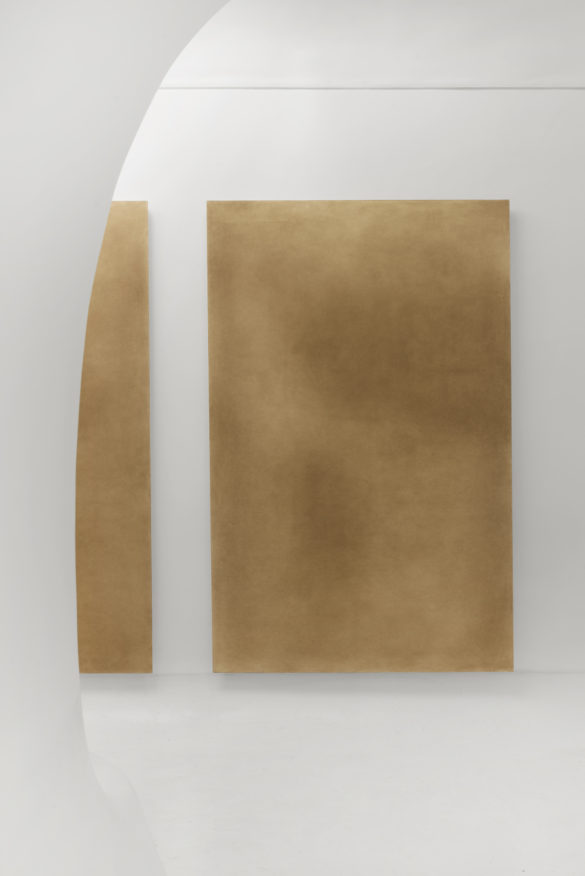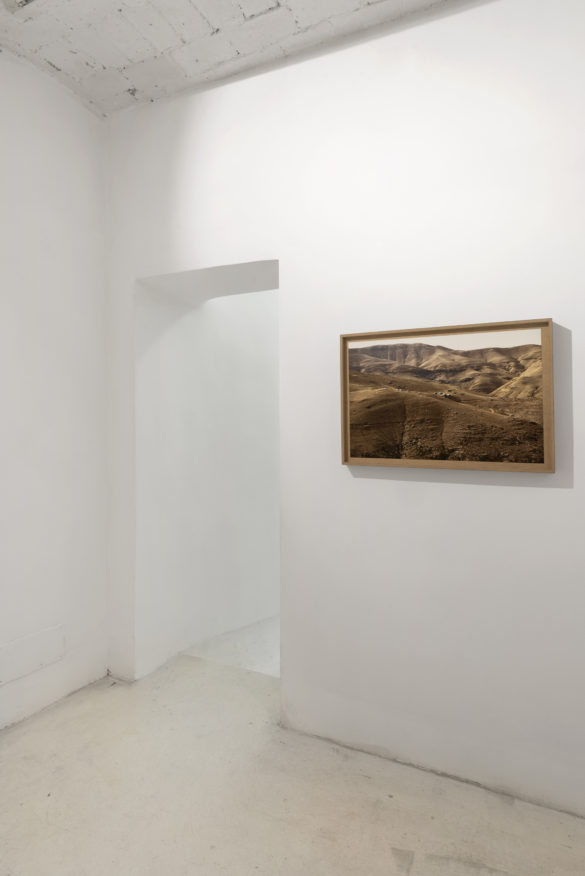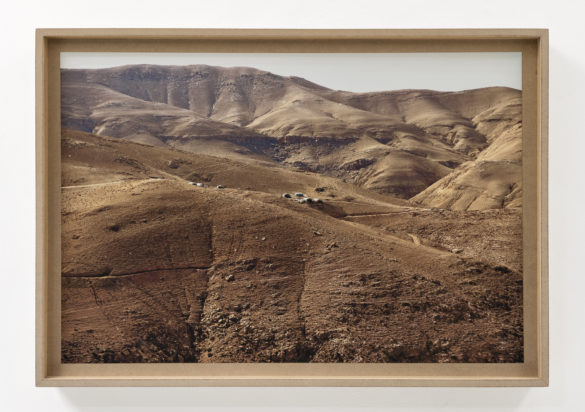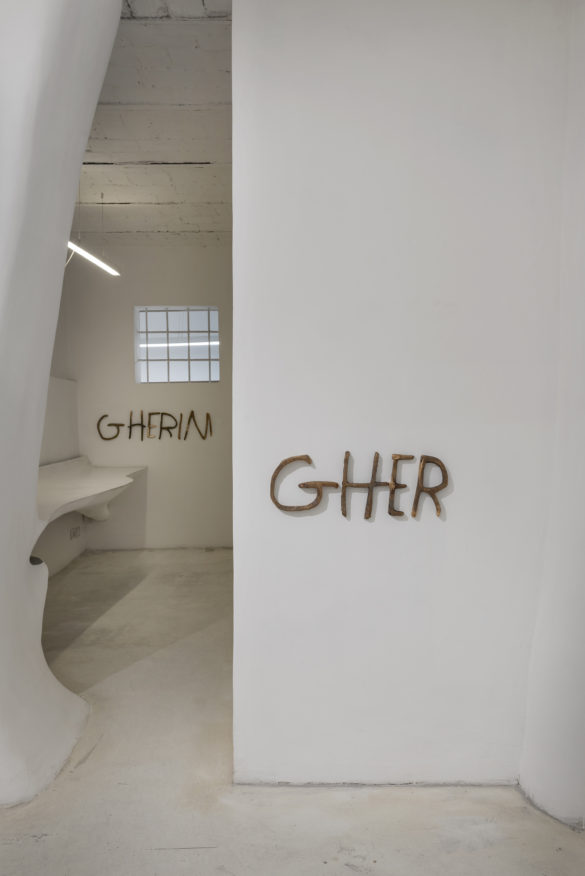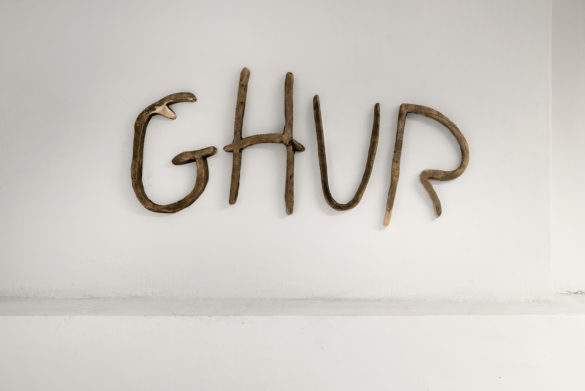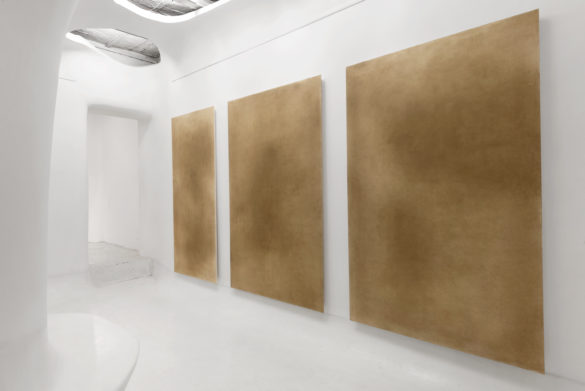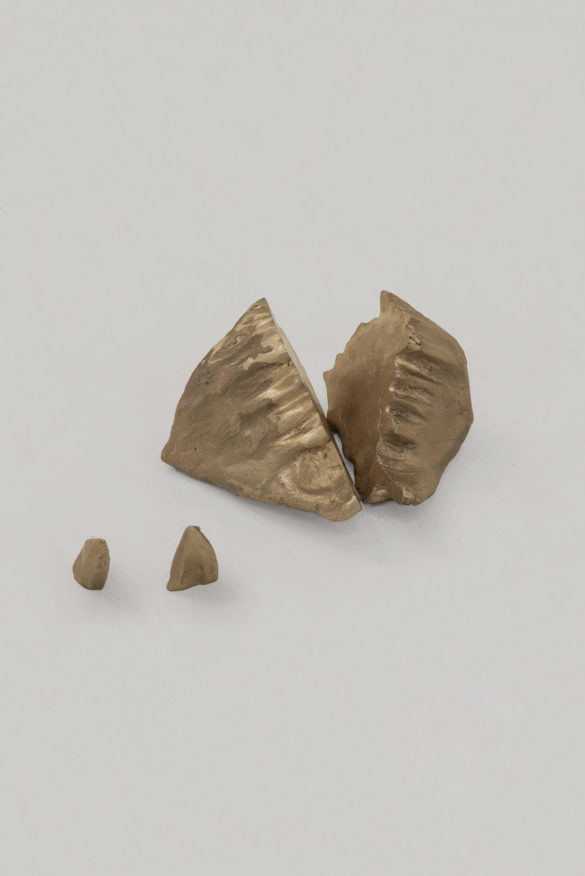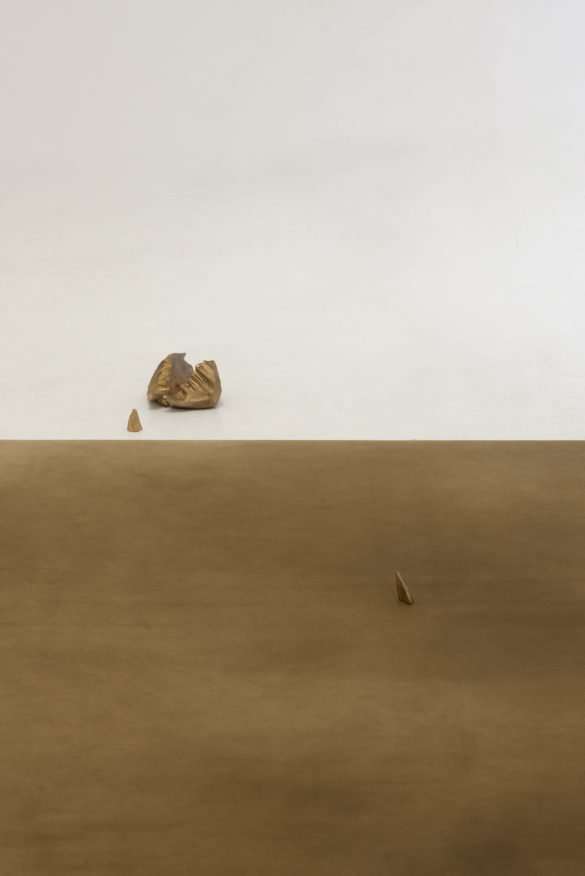Ex Elettrofonica is pleased to announce the opening of the exhibit If Inhabiting Means Remaining Foreigners, a new project by Margherita Moscardini, on Saturday, 12 February, starting at 12:00pm.
The exhibit includes a series of works to encourage reflection on the ancient Hebrew concept of gerim, meaning resident foreigner. The noun ger, foreigner, can be easily connected to the verb gur – to inhabit. It is fascinating to note, then, how the Hebrew language uses the same root to mean both foreignness and inhabiting. Inhabiting means remaining a foreigner. In Biblical Jerusalem, for example, a ger was a foreigner that lived in the city alongside its citizens, giving form to a model of citizenship that, without denying sovereignty, admitted that another sovereignty was possible.
In the wandering Hebrew world of antiquity, the condition of foreignness marked all forms of moving in political, philosophical, and religious space.
The artist’s speculation concerns the implications that this philosophical, religious, and political concept could set in motion if it became a paradigm for the way we live on earth: the creation of a universal citizenship based on inhabiting without belonging.
MARGHERITA MOSCARDINI (Italy, 1981) investigates relationships between transformation processes of urban, social and natural orders belonging to specific geographies. Her practice favours process and long-term projects which engender large-scale interventions, drawings, writings, scale models, and video-documents.
Among her projects: Istanbul City Hills_On the Natural History of Dispersion and States of Aggregation (2013), about the recent urban transformation of Istanbul, the demolition of whole districts and the forced displacement of local communities.
Between 2012 and 2018, she develops 1XUnknown (1942-2018, to Fortress Europe with Love), a series of 21 short videos which document the defensive line Atlantic Wall (1942-1944): 15,000 bunkers built by Third Reich across the European Atlantic coast with the purposes of defending Fortress Europe.
Since 2016 she works on the project The Fountains of Za’atari, studying refugee camps as cities and focused on Za’atari refugee camp, which arose in Jordan in 2012 in a desert area near the Syrian border.
Margherita Moscardini obtained a BA, Academy Fine Arts Bologna, Italy and she attended the XIV ACVA Fondazione Antonio Ratti, Como, with Yona Friedman. She has been research fellow 2015, Italian Academy for Advanced Studies in America, Columbia University, New York, USA. Recently, she held lectures and talks at MAXXI museum, Rome; Columbia University, New York; SVA and ISCP, New York; Triennale di Milano; NABA, Milan. In the last few years her work has been exhibited at MAXXI museum, Rome; MMCA Changdong and SongEun ArtSpace, Seoul, Korea; Collezione Maramotti, Reggio Emilia, Italy; Fondazione Pastificio Cerere, Rome, Italy; IIC of Istanbul, Turkey and Bruxelles; MACRO Museum, Rome, Italy; CCA, Plovdiv, Bulgaria; MAMbo, Bologna, Italy; Palazzo delle Esposizioni and Quadriennale di Roma, Rome, Italy; Palazzo Reale, Milan, Italy.
